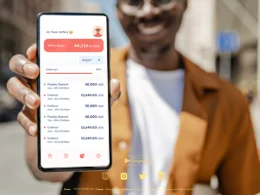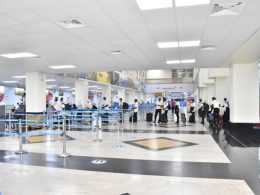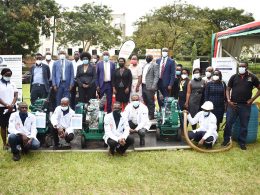By Mark Kawalya
670 Ugandan stakeholders in the fish value chain are benefiting from access to comprehensive real-time fisheries data from Lakes Victoria and Albert. Using a mobile app dubbed the electronic Catch Assessment Survey (e-CAS) individuals like policymakers, lake management officials, and researchers now have access to this information, which can be useful in making informed decisions around fisheries management.
Skilled data collectors work with fishers and make updates to the easy-to-use app with information such as quantities of fish catches, grades of fishing nets and boats used, and the anticipated revenues of the fish.
The platform has the potential to accommodate an unlimited amount of data sets ranging from fisheries surveys to socio-economics, aquaculture, and marketing. This makes the system an invaluable resource for the sustainable development of the fisheries industry, with the potential to boost employment and food security.
“Before the app, we used papers to ask questions to the fishermen.” It was a tiresome job because it took a lot of time and could take weeks before an official agent would collect the files,” says Ocakacon Muhammed, a trained data collector based at Lake Albert.
According to Peter Enyou, another enumerator at the Kikondo landing site on Lake Victoria, the previous system often led to data inaccuracies due to its manual nature. “With the paper system, someone could just sit at home and guess where a boat had been and what fish were caught, but with the e-CAS technology and GPS coordinates, even the head office in the city knows where the boats are, so enumerators cannot make it up.”
Since the launch of the platform, more than 12,000 data records have been documented and stored in one central place, Patrick Bwire, the systems administrator at the National Fisheries Resources Research Institute (NaFIRRI), says.
Bwire adds that previously it would take more than two days to physically do manual verifications and take a census of boats and the catches that have been landed to estimate fish stocks. This approach used to cost the government an estimated UGX 400 million per year. However, with the e-CAS system, the cost has dropped to UGX80 million, a fraction of the previous figure.








